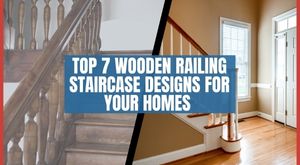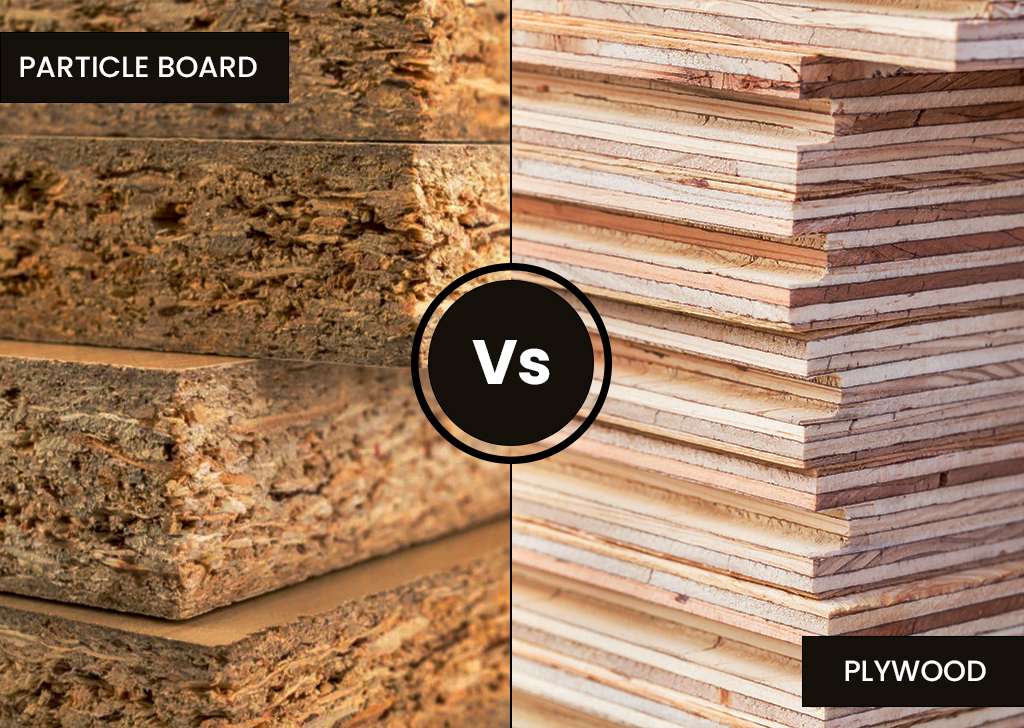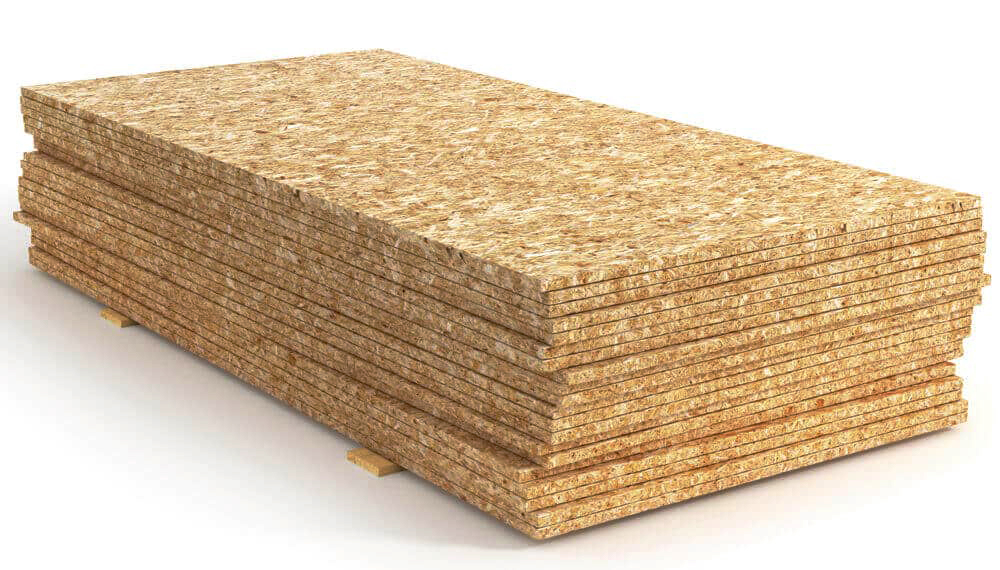
board and plywood
Difference between Particle Board and Plywood

Particle Board
Particle board is made by heat pressing the waste-wood products like wood chips or jute-stick, sawmill shavings, sawdust with an adhesive together. Compression is applied to the liquid mixture so that the wood chips are evenly distributed, and the chips are parallel to the surface. In the flat-pressed practical board, the chips in the surface layer are usually thin, and that makes the surface part dense and compact than the middle part of the particle board.
In order to make the particle board fireproof, insect-proof, and water-resistant, certain chemical agents like used dyes, wax, wetting, and release agents are used. A suitable or synthetic resin is used to make it strong. Particle boards are otherwise called Chipboards.
Veneered particle board is preferred over veneered plywood boards in dry areas because of its lower cost, stability, and convenience.

Use of Particle board
Particle boards are used in numerous ways because of their light and evenly distributed chip arrangement.
- Particle board can be painted or be covered easily with wood veneer to make it attractive.
- A popular type of particle board is OSB (oriented standard board) and is mostly used in homes and commercial buildings for floor and wall bases.
- Depending on the usage, particle board can be coated with melamine, veneer, plastic, priming paper, or be laminated on both sides to increase its rigidity and strength.
- For most DIY projects particle boards are used as it is easily available and inexpensive.
- It is used in fittings, fixtures, ceiling, wall, and floor lining for interior spaces.
- In concrete moulds, as furniture frames, web plates for beams, as a base material for parquet floor & for covering strips.
- In furniture that requires a large piece of wood like TV cabinet, table, desks that can be easily made just by simply fixing two pieces together.
- Higher its density, higher its strength and can be used accordingly.
Advantages & Disadvantages
Particle board has both pros and cons based on its density and the type of adhesive used.
Advantages
- Particle boards are homogeneous, as they have the same degree of strength in all directions.
- It is low cost and lightweight that makes it easy to move and transport.
- It is perfect for ready-made furniture as it comes in large pieces.
- Can be effortlessly machine-designed to obtain the desired dimension.
- Easy lamination as the chips is evenly distributed and it adds strength and aesthetic value.
- They are thermal and soundproof.
- Particle wood is renewable and is reused.
- Most cost-effective than plywood.
Disadvantages
- Particle wood’s soft and brittle structure makes it more prone to damage.
- Compared to other woods, it has a low lifetime.
- Prone to discolouration and expansion due to moisture. Resistance to moisture, load, and humidity is also low.
- Not recommended for joining purpose as they can be easily damaged.
- Due to low strength, it cannot withstand heavy loads.
- It is not as eco-friendly as other wood furniture.
- After continuous use, they tend to lose their strength and not for outside usage.
- It can be toxic as its resin urea formaldehyde can release formaldehyde gas.
Grade & Classes
Particle board has both pros and cons based on its density and the type of adhesive used.
Based on the property, particle board is classified into 7 different classes. It is determined based on the pan-European SFS-EN 312 standard and is indicated by the letter ‘P’ and a number. The density of Particle board varies between 650 and 750 kg/m3
- COUNTERTOP GRADE (M2) is used in laminated panels and post-formed countertops.
- COMMERCIAL GRADE (MS) is used in laminated panels and cabinets for commercial use.
- SHOP GRADE (M1) is employed in the economy panel for non-structural usage.
- INDUSTRIAL GRADE (M2 & M3) is commonly used in furniture, fixtures, and cabinets.
When it comes to classes, P3, P5 & P7 boards are resistant to moisture and comes under user class two. Whereas P1, P2, P4 & P6 come under user class one and be used for most interior use.
Advantages & Disadvantages
Though plywood looks like real wood, it also has advantages and disadvantages.
Advantages
- The large panel sized makes it cover huge areas.
- As plywood comes in different thicknesses, it can be used according to the need.
- It is stainable and paintable and less susceptible to water damage.
- It is shock-resistant, fire-resistant, chemical resistance, boiling waterproof, and not easily affected by humidity.
- It is characterized by high dimensional stability and strength.
- The interlocking effect of veneer makes less swelling and shrinking properties.
- It is comparatively lightweight and is easy to combine with other materials.
- It has high resistance, thermal conductivity, strength, easy to process, eco-friendly, and has high aesthetic appeal.
- It is easy to use and maintain.
disadvantages
- Plywood is available at different costs but in general, is a bit expensive.
- The edges of the plywood must be either laminated or veneered, if not the layer becomes visible.
- Plywood is difficult to cut and mould.
- It often splinters.
- It has the irritant substances like formaldehyde and urea that is classified as the carcinogenic substance for humans.
- Water can damage MR grade plywood.
- It is difficult to judge the quality of the plywood sheet.
- Commercial grade plywood needs additional enhancements.
Grades & classes
The plywood grade is based on the type of wood ply (sheets) used, the number of layers, the type of adhesive, and its manufacturing process. Still, it can be graded as
- C GRADE is the lowest grade with open defects.
- WG GRADE is the lower grade ply with smaller and larger knots on it.
- BB GRADE is a medium-quality board that has spliced-in oval patches.
- S GRADE is the top-quality ply that has minor knots.
Lower grade plywood is great for subflooring and higher grade is the best for cabinets and shelving.
Veneer plywood (FU) is used in indoor wall cladding places and is not intended to bear heavy loads. Whereas construction veneer plywood (BFU) has a high load-bearing capacity and is used for stiffening. FC Brand is moisture-resistant whereas FSF grade withstands increased moisture.
Based on the European standards, there are 3 main categories as
- Birch Plywood- approx. density 680 kg/m3
- Mixed Plywood- approx. density 620 kg/m3
- Conifer Plywood- approx. density 460-520 kg/m3
Grades of Plywood:
Some common types of plywood grades available in India are MR Grade, BWR Grade, BWP Grade
MR GRADE:
- Moisture resistant plywood used in home interiors and office interiors.
- Can resist moisture and not water.
- Known as Commercial plywood.
- Indian standard of MR Grade plywood is IS: 303.
BWR Grade
- Waterproof plywood is known as Boiling Water Resistant.
- Can resist high moisture and water content.
- Used for interior purposes to make kitchen cabinets and other kitchen furniture.
- Indian standard of BWR Grade plywood is IS: 303.
BWP Grade:
- Marine Grade plywood, commonly known as Boiling Waterproof (BWP) plywood.
- Superior in strength, quality, moisture, and water resistant than MR & BWR.
- Used in bathroom, exterior cladding, shipping, and other purposes in water present areas.
- Indian standard of BWP Grade plywood is IS: 710.
Film Faced Shuttering Ply
- Manufactured with high-density timber in heavy hot presses.
- Structurally strong with better bonding than other plies.
- Used in the construction of bridges, flyovers, metro projects, ship building, water tanks, cooling towers, all high-rise buildings, etc.
- Indian standard of Film Face plywood is IS: 4990.
Ply Boards/Block Boards
- ade up of core softwood strips, sandwiched between veneers of softwood and hardwood glued under high pressure.
- Block board called lumber core and have good resistance to warping.
- Used in interiors to make doors, tables, shelves, paneling, and partition walls.
- Indian standard of Block board plywood is IS: 1659.
Significant Difference between Particle board and Plywood
| Particle board | Plywood | |
|---|---|---|
| Adhesive Use | Type of adhesive determines its quality and strength | Plywood quality and strength are mostly based on the type of resin. |
| Smoothness | It is smoother and easily allows decorative & other laminates in. | The cross-grain structure doesn’t allow the decorative laminates in. |
| Holding nails | Its soft and brittle structure of wood chips makes it easy and may split or break. | It holds screws and nails tight and does not break easily. |
| Durability | It is quite weak. | It is highly durable. |
| Resin Emission | High | Extremely Low |
| Eco-friendly | Particle board doesn’t require fresh timber. | It requires fresh timber. |
| Budget-friendly | It is cheap and quite popular for interior use. | It is a bit expensive. |
| Resistance | It has low resistance to everything and loses its properties after a time. | It is resistive naturally and can be treated to increase it. |
| Lighter Material | Particle board is very light that it cannot bear weight. | It is light weighted and is easy to carry, still maintaining its strength. |
| Composition | It is made of wood waste and resin. | It is made of thin sheets of wood and resin. |
| Finish | It looks smooth and flat when stained and lacquered. | It has rough fibers that have to be sanded. |
Feel Free To Contact US

Need to get in touch with us? Fill out the form with your enquiry and will get back to you as soon as possible.
How may I help you?












